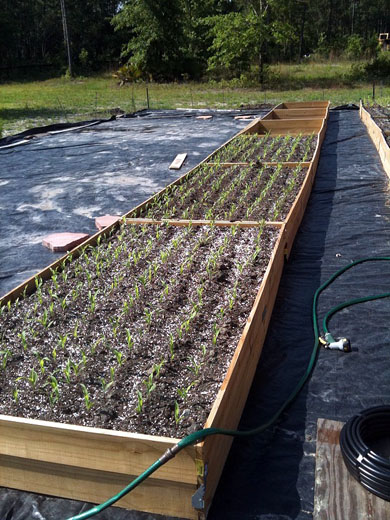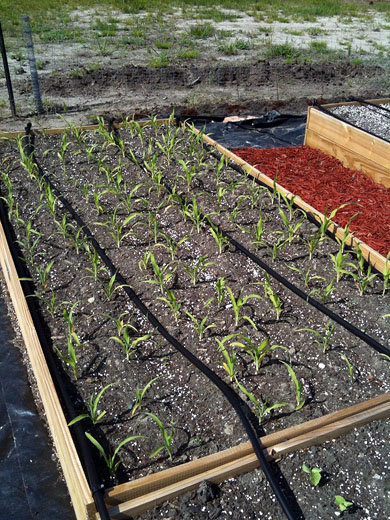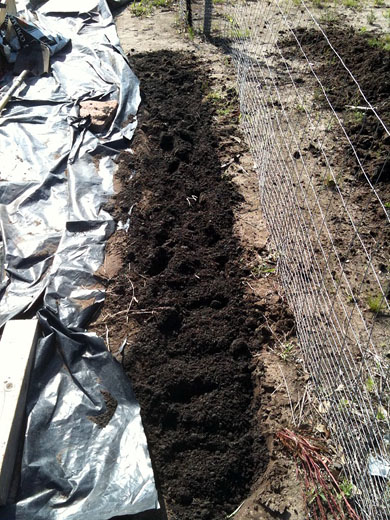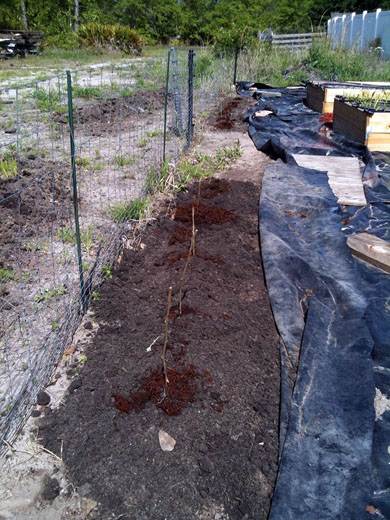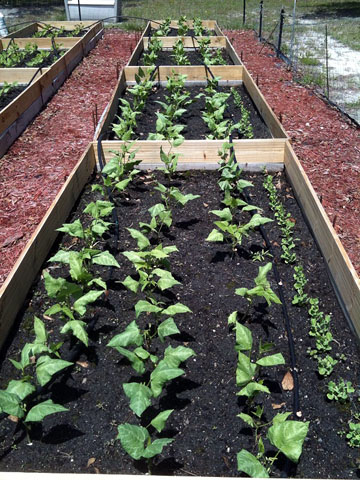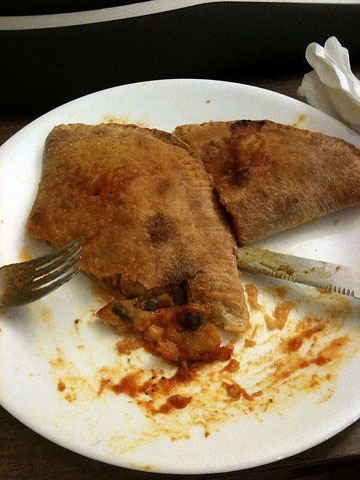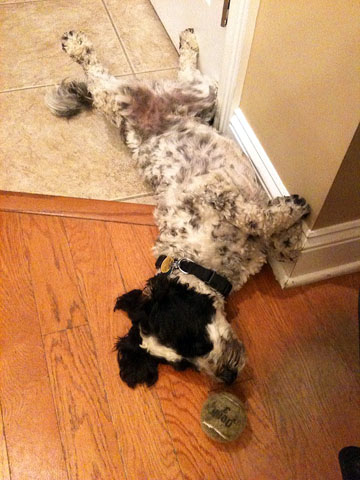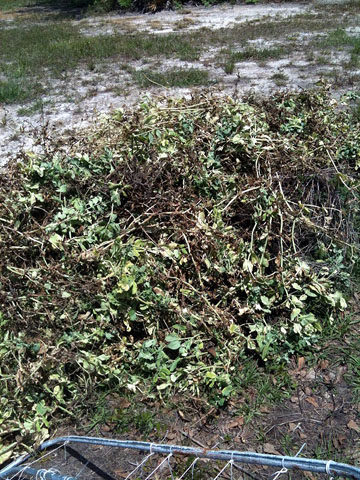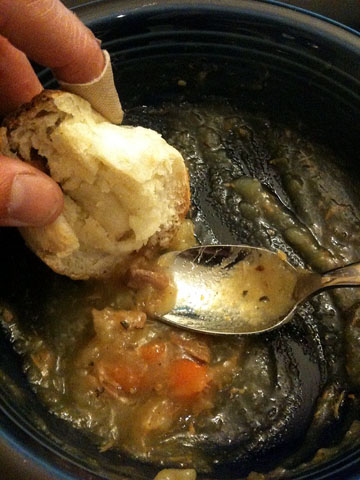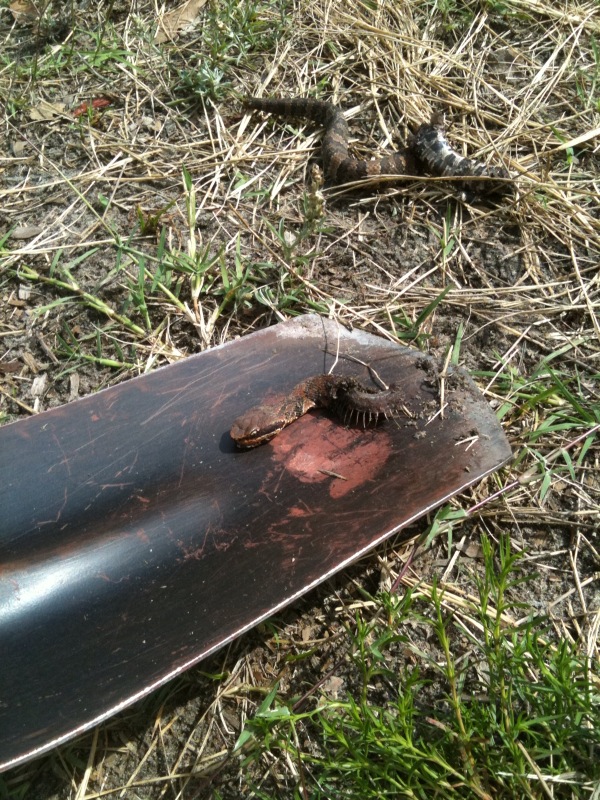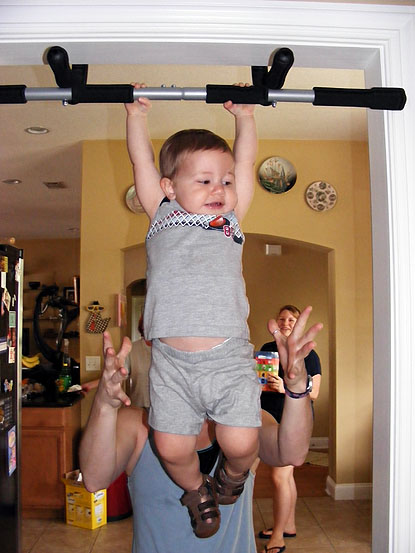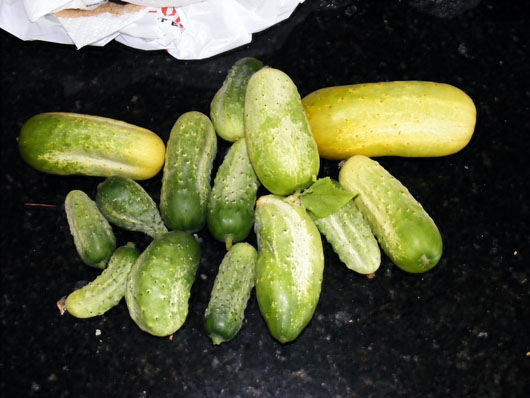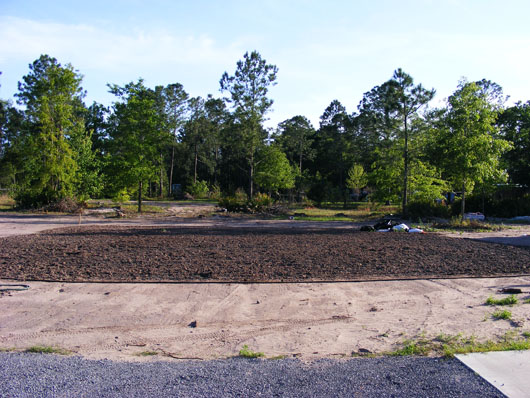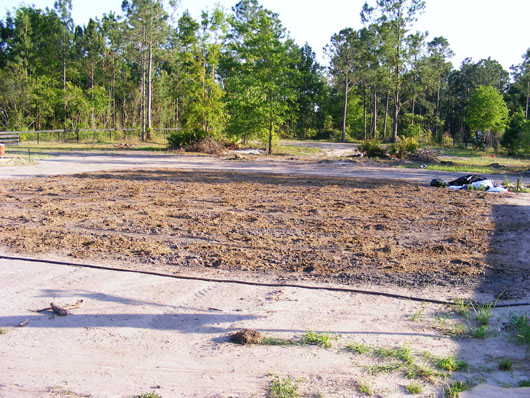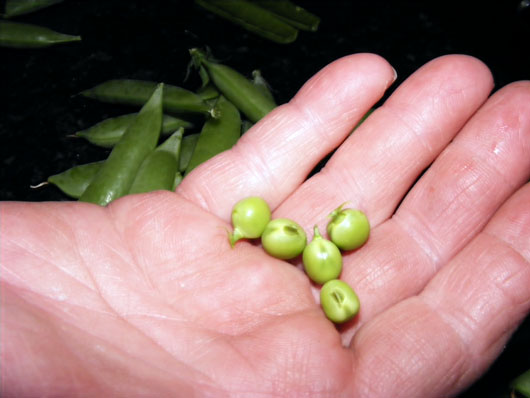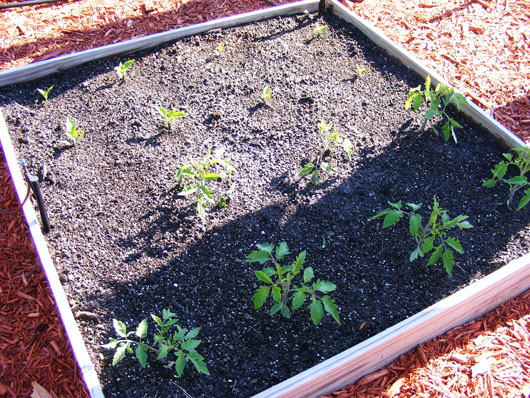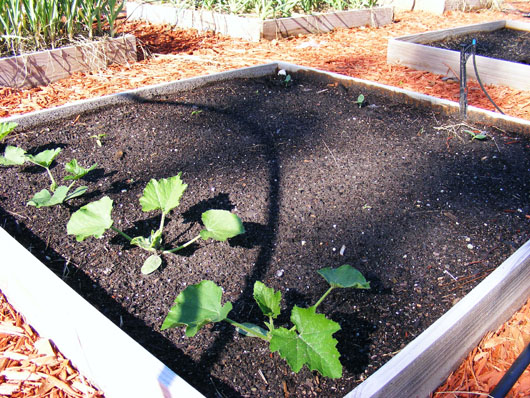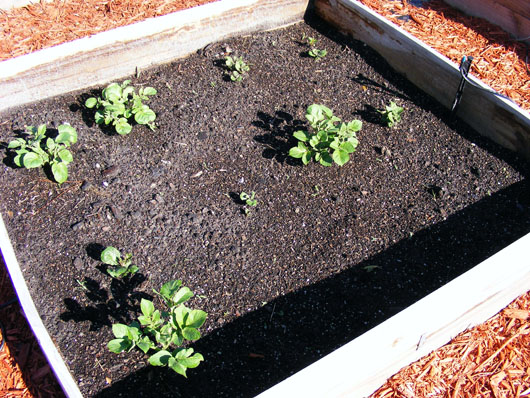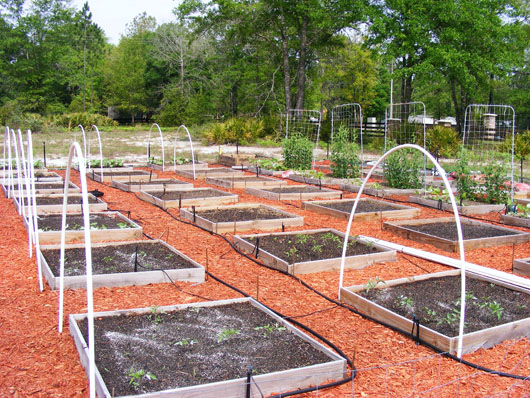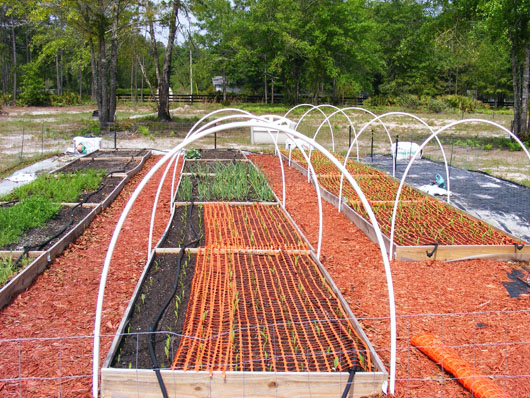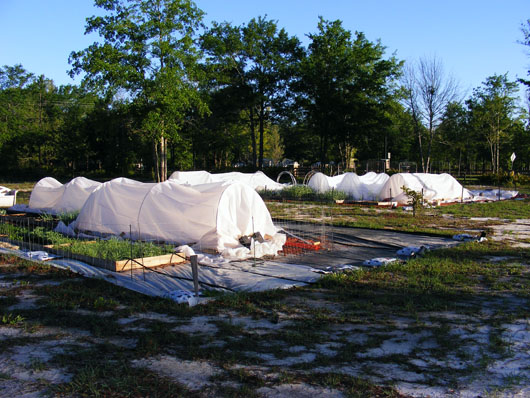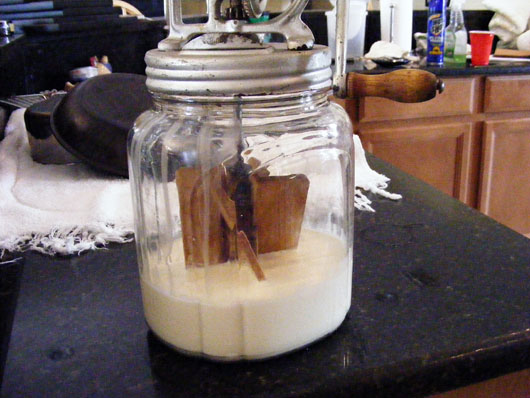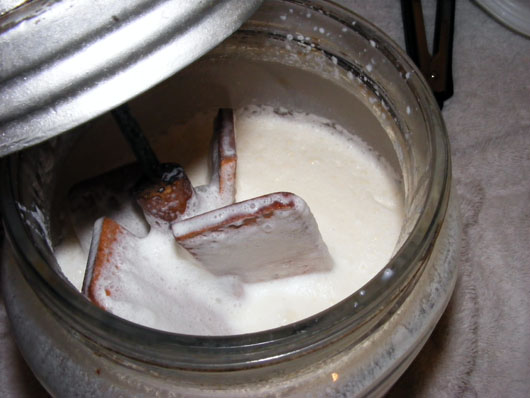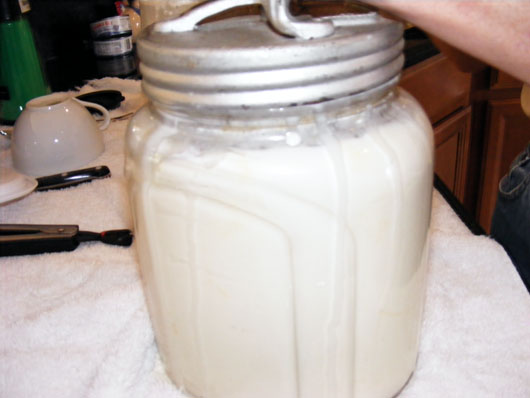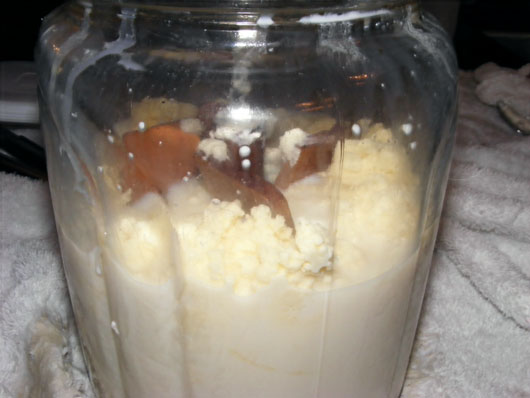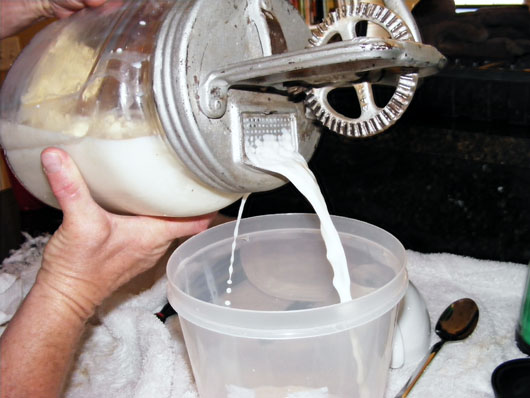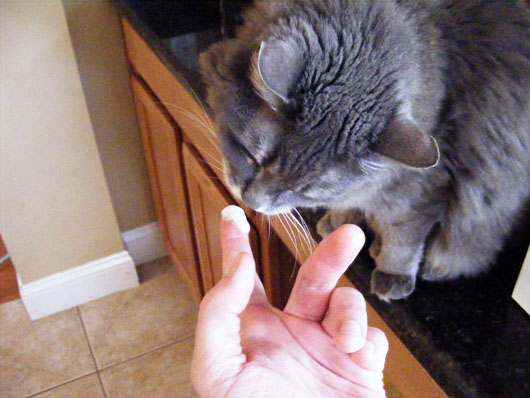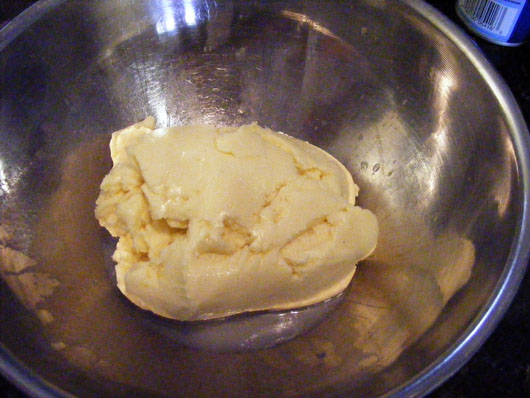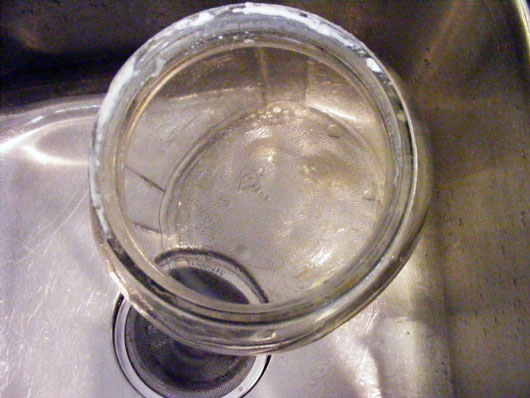Make that tomatoes, plural.
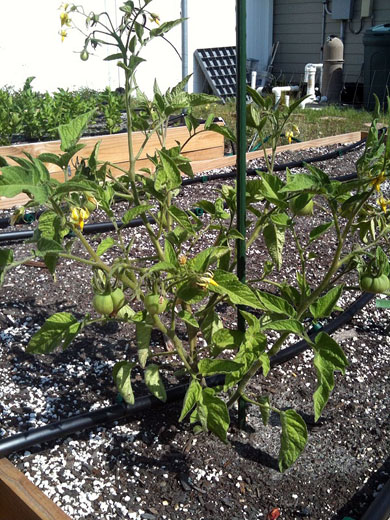
This is Stupice, a Czech early variety. It is also one of the handful of transplants that survived being put out.
Poor planning on my part and poor weather on Mother Nature’s part conspired to kill off or stunt many of the stunningly healthy transplants that had been started in the garage just before the new year kicked in. Next time, I will keep two things in mind: first, in addition to the other care I gave the seedlings in their sheltered quarters, they need a little opposition as well, to help toughen them. A fan to force strength into their stems is going to be a requirement, not an afterthought. Second, they really do need a proper hardening off period, no matter how much the weather outside seems to be cooperating when I make the decision to put them out. It may seem to be overcast and mild enough to put them in the frames and let them be, but it would be better to have the babies mobile enough to be able to bring them back in before, say, a massive windstorm or two straight days of pounding rain come along.
After that, though, they’re fair game for the elements.
In the morning, a visit to the oral surgeon, at which point he will probably decide to go ahead and pull this one tooth right then and there. Since my emergency visit with the dentist today interrupted my day, no work outside for me. Tomorrow, after what will be a difficult pull, it’s likely I won’t be working outside, either, which could get bad as the rain that we’ve had is going away for awhile, and there is irrigation to be worked on out there. Friday morning, back to the regular dentist, for the crown prep on the companion tooth to the one being yanked out – so far, that second tooth is hanging in there, with no cracking, shearing, or other disintegration before my eyes. Lucky me. To top things off, I’ll have to do ten hyperbaric dives after this pull, to help the healing process, which will further interrupt my early morning hours and is likely to leave me low on energy, putting me even further behind in the work that I need to get done.
Will it all ever end?

